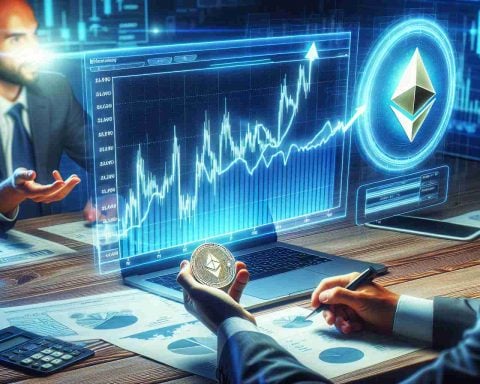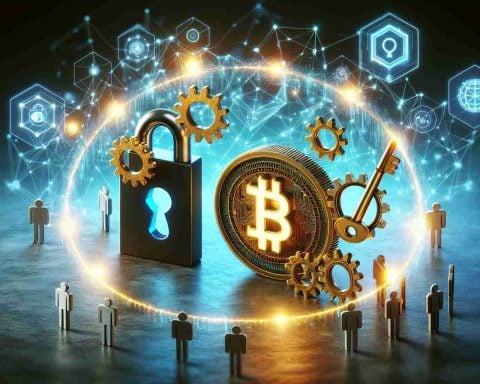In the rapidly evolving world of cryptocurrency, several projects are distinguishing themselves by addressing niche markets and specific problems. One such project is Render Token (RNDR), a blockchain-based initiative that seeks to redefine how digital visuals are processed and rendered. In an age dominated by digital content creation, the demand for efficient and powerful rendering solutions is skyrocketing, which is where Render Token steps into the spotlight.
Render Token is a decentralized GPU rendering network built on the Ethereum blockchain. It leverages the power of distributed computing to transform the process of rendering digital images and videos. Traditional rendering requires substantial computational resources, often making it costly and time-consuming for artists and designers. Render Token offers a solution by connecting users who need rendering power with those who have idle GPUs to spare.
This network’s participatory model allows digital creators to tap into a vast pool of computing resources at a fraction of the typical cost. Meanwhile, GPU owners can monetize their hardware by lending their processing power to the network. This innovative approach aligns with the broader trend of decentralization seen across various blockchain initiatives.
The potential applications for Render Token extend far beyond just entertainment or digital art. As industries like virtual reality (VR), augmented reality (AR), and artificial intelligence (AI) continue to grow, so too will the need for cost-effective rendering solutions. By harnessing the power of blockchain technology, Render Token is poised to be at the forefront of this exciting transformation in digital content creation.
The Future of Digital Rendering: How Render Token Could Revolutionize Content Creation
In the world of digital content creation, a new competitor is emerging, promising to change lives and industries: Render Token (RNDR). But how does this blockchain-based innovation impact people, communities, and nations?
Economic Empowerment and Environmental Considerations
One of the standout benefits of Render Token lies in its economic potential. By enabling GPU owners to monetize unused computational power, it opens new income streams—a game-changer in regions relying on traditional economic models. This decentralization of processing power may spur economic growth and reduce poverty.
However, the environmental implications warrant careful consideration. The energy consumption of crypto infrastructures has led to environmental scrutiny. Can Render Token balance efficiency with energy use? This remains a vital question for sustainable growth.
Educational and Social Implications
As educational institutions integrate more digital and interactive content, Render Token could bridge the gap by providing affordable rendering services. Schools and universities could access high-powered graphics, enhancing learning experiences without the hefty price tag.
Moreover, through community-driven projects, RNDR encourages collaboration among tech-savvy individuals. This could lead to innovative social platforms fostering global connectivity and knowledge-sharing.
Challenges and Opportunities
What hurdles might Render Token face? Regulatory challenges loom, with diverse global policies impacting seamless operations. Furthermore, ensuring network security is paramount to protect data and maintain trust.
Questions arise on scalability: Can Render Token handle increasing demands from burgeoning industries like VR and AI? Its success will depend on navigating these complexities.
For more on blockchain innovations, visit Ethereum and Bitdegree. As Render Token evolves, its journey will surely captivate stakeholders across the digital spectrum.
















